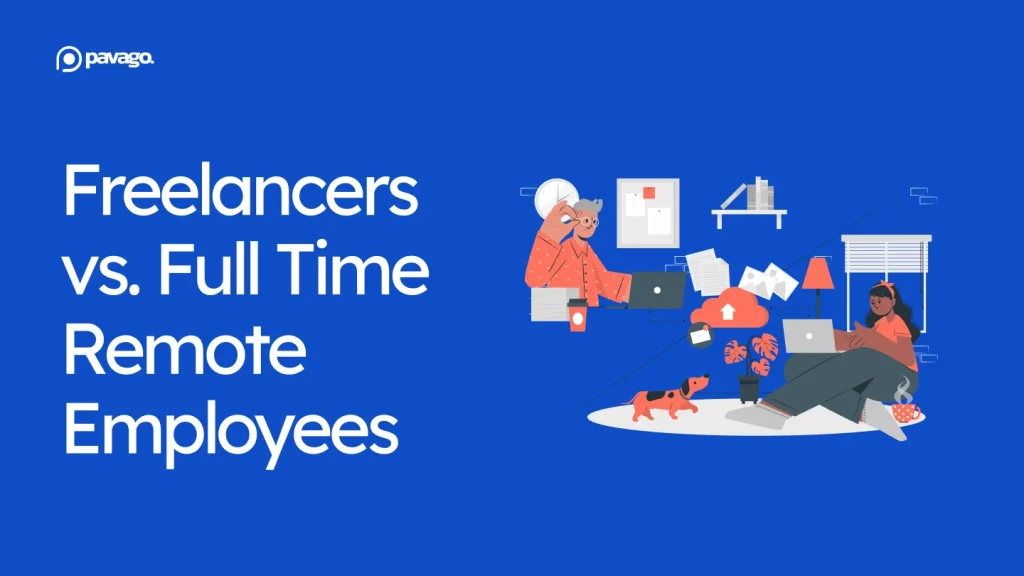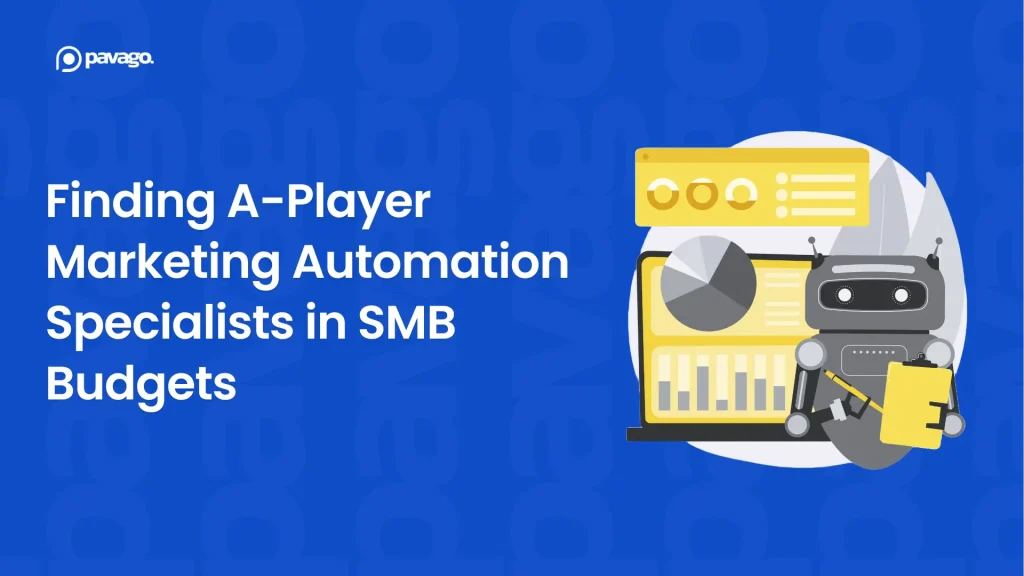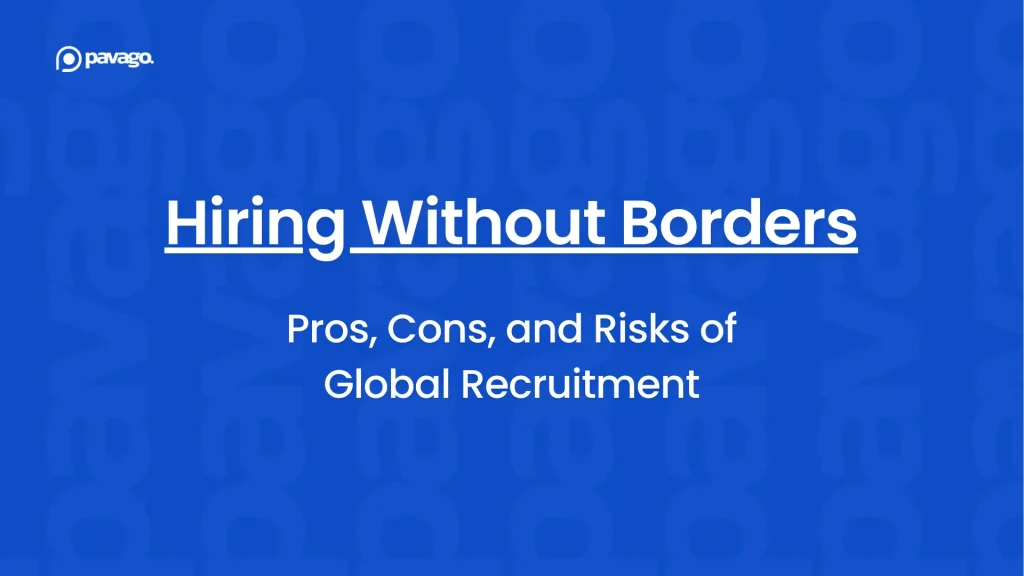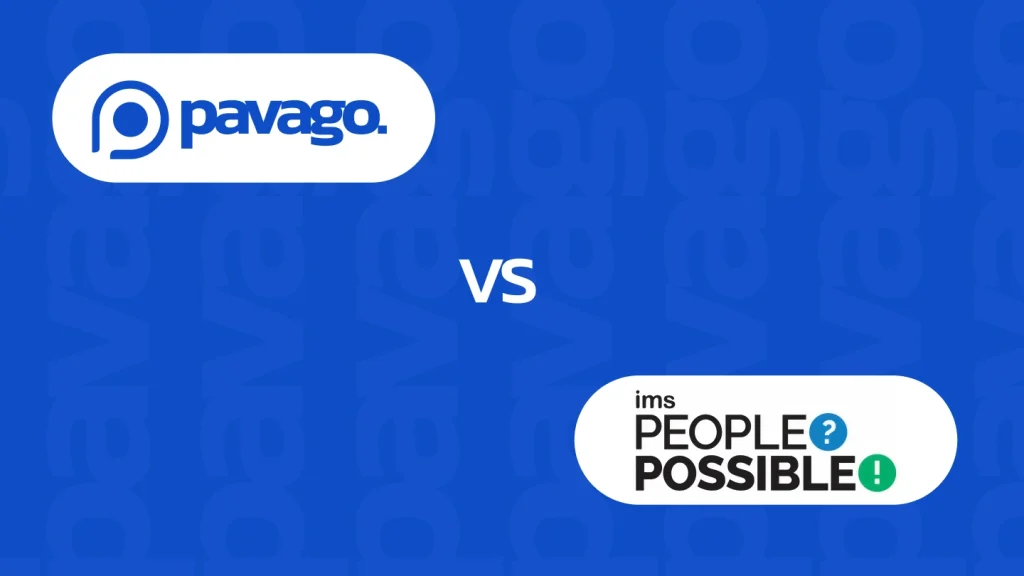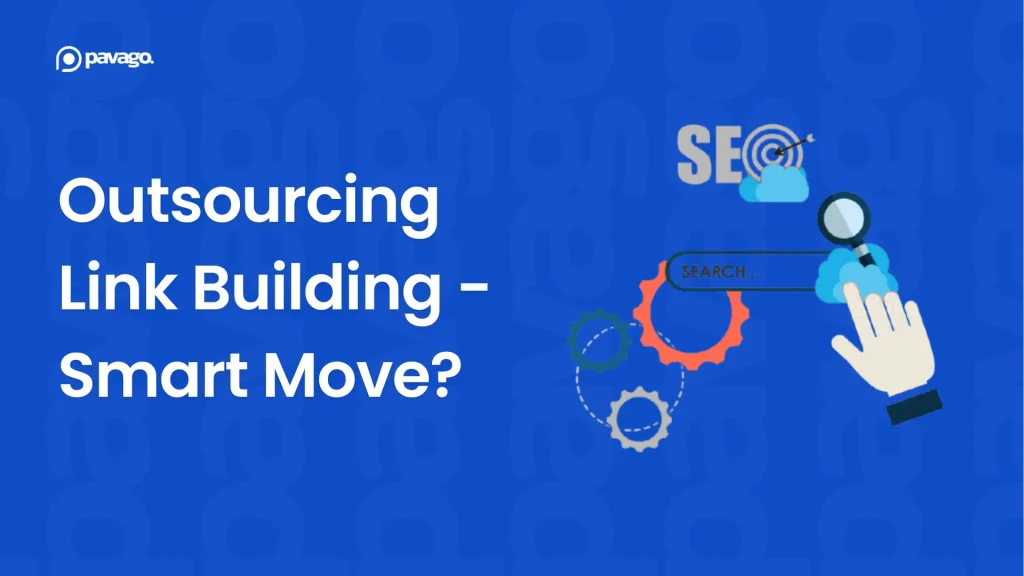Many businesses assume that hiring freelancers and full-time remote employees is essentially the same thing. After all, both work from anywhere, right?
But the truth is, there’s a significant difference.
Freelancers offer flexibility and specialized skills for short-term projects, while full-time remote employees provide long-term stability and a deeper connection to your company’s culture. Understanding these differences is crucial to making the right staffing decision.
Let’s break down what sets them apart and help you figure out which is the best fit for your business.

Freelancers vs. Full-Time Remote Employees: What’s the Difference?
It’s easy to think of freelancers and full-time remote employees as interchangeable, but they serve different purposes in your business.
Freelancers
These independent contractors work on specific projects or tasks for a set period. They typically work with multiple clients and have the freedom to choose their schedule and workload.
Freelancers are hired for their specialized skills, whether it’s design, writing, or tech, and are usually paid on a project or hourly basis.
Full-Time Remote Employees
These individuals are permanent team members who work remotely on a consistent schedule.
Unlike freelancers, full-time remote employees are integrated into the company’s structure, contribute to long-term goals, and receive benefits like health insurance, paid leave, and retirement plans.
Hiring employees from abroad is a more stable option for ongoing tasks and deeper organizational alignment.
At Pavago, we give you access to a vast, pre-vetted talent pool. We’ll help you find the ideal full-time remote employee in just 3 weeks or less.
And, with forever replacements guaranteed, we ensure you’ll always have the right fit.
Start building your dream team now!
Freelancers and Full-Time Remote Employees: Comparing Key Features
When it comes to choosing between freelancers and full-time remote employees, each option has distinct advantages depending on your company’s needs.
| Feature | Freelancers | Full-Time Remote Employees |
|---|---|---|
| Flexibility | Full-time remote employees have long-term job security with a steady income. | Full-time remote employees work on a fixed schedule, often with set working hours. |
| Job Security | Freelancers typically don’t have job security or long-term commitments. | Full-time remote employees have long-term job security with steady income. |
| Benefits | No employee benefits (e.g., health insurance, retirement plans). Freelancers manage these on their own. | Receive full employee benefits like health insurance, paid time off, and retirement plans. |
| Cost to Company | Freelancers are usually paid on a per-project or hourly basis, making them cost-effective for short-term needs. | Full-time remote employees come with ongoing costs like salaries, benefits, and equipment. |
| Skill Set | Freelancers offer specialized skills and can bring fresh perspectives from various industries. | Full-time employees often have a more focused skill set but can grow and adapt to company needs over time. |
| Team Integration | Freelancers work independently and may not be as integrated with your in-house team. | Full-time remote employees are integrated into the company culture and long-term projects. |
Cons of Hiring Freelancers vs. Full-Time Remote Employees
While both freelancers and full-time remote employees offer unique advantages, they each come with their own set of challenges.
| Features | Freelancers | Full-Time Remote Employees |
|---|---|---|
| Legal and Contractual Complexities | Managing multiple freelancers often requires navigating different contracts, taxes, and regulations. | Full-time remote employees are easier to manage under consistent contracts, with fewer legal complexities for the employer. |
| Higher Operational Costs | Freelancers can increase project costs if work volume increases, as hourly or per-project rates might escalate. | Full-time remote employees come with long-term costs, including salaries, benefits, and potential infrastructure needs. |
| Rigidity in Roles | Freelancers offer specialized skills for specific tasks but may lack long-term investment in your company’s broader vision. | Full-time remote employees may become pigeonholed into specific roles, limiting flexibility for other tasks or projects outside their defined job description. |
| Recruitment and Onboarding Time | Freelancers can be hired quickly, but you may spend significant time finding the right fit and negotiating terms. | Full-time remote employees take longer to hire and onboard, especially when integrating them into the company’s culture and operational systems. |
| Lack of Immediate Availability | Freelancers may not always be available immediately due to existing commitments with other clients. | Full-time remote employees are consistently available and dedicated to your business needs, reducing gaps in work continuity. |
✌️ Pavago offers a yearly membership for just $500 with unlimited placements and a monthly fee of $329 per candidate. We ensure you get access to top-rate remote talent without putting a strain on your finances.
Why It’s a Better Idea to Hire a Full-Time Remote Employee
When deciding between freelancers and full-time remote employees, hiring a full-time remote worker takes the lead.
Managing remote employees is fairly easier than freelancers, who might be difficult go get a hold of as they have no set working hours.
Here are other key benefits of hiring remote employees that can help your business grow in the long run:
Stability and Consistency
Full-time remote employees are dedicated to your company’s goals.
Unlike freelancers who might move from one project to another, full-time employees focus on your business day in and day out. They’re committed to seeing long-term projects through to completion, which means you can count on them for stability and consistent performance.
Stronger Team Integration
Full-time remote employees are more than just workers — they’re part of your team. They understand your company culture, values, and goals, even if they’re working remotely.
Because they’re part of your team for the long term, they communicate better, collaborate more effectively, and help ensure everyone is aligned with your business objectives.
Efficiency in Execution
With full-time remote employees, there’s no need to explain your business and needs every time you start a new project. They’re already familiar with your workflows, processes, and objectives, which reduces the time spent on training or re-explaining your vision.
This leads to faster decision-making and smoother execution of tasks.
Better Long-Term Investment
While freelancers can be an affordable option for short-term tasks, full-time remote employees bring long-term value.
They’re more invested in your company’s success, contributing their expertise and knowledge over time. They’ll take on more responsibilities as your business grows, helping you scale more effectively and efficiently.
In the long run, they offer a higher return on investment because their familiarity with your company reduces onboarding time, improves work quality, and ensures continuity.

Where to Find Top-Rated Remote Employees?
Now that you know the benefits of hiring a full-time remote employee, the next step is finding the right person for the job. This is where Pavago steps in.
At Pavago, we specialize in connecting businesses like yours with top-tier remote employees from Pakistan, LatAm, South Africa, and beyond.
Whether you’re looking for software developers, Quickbooks experts, or email marketing specialists, we’ve got you covered.
Here’s why Pavago is your top choice for recruiting remote employees:
- Pre-Vetted Talent: At Pavago, we do the heavy lifting for you by pre-screening and vetting candidates, so you only meet the best talent that fits your needs. Say goodbye to endless interviews and trial periods.
- Affordable Pricing: Hiring full-time remote employees doesn’t have to break the bank. With our cost-effective pricing structure, you can scale your team without spending thousands of dollars on a single hire.
- Quick Turnaround: We understand that time is valuable. Our team works quickly to match you with remote professionals. No more waiting weeks for the right fit — Pavago helps you find your next hire in 3 weeks or less.
- Global Reach: Whether you need someone in a specific country or a global talent pool, we have the resources to find the right remote employees for you. We’ve built a vast network of skilled professionals across multiple industries and regions.
Hiring full-time remote employees doesn’t have to be a challenge. Pavago makes it simple, efficient, and cost-effective to build your dream team.
Let us help you find the perfect fit for your business.
Frequently Asked Questions
1. What is the difference between freelancers and full-time remote employees?
Freelancers are self-employed individuals who work on a project basis for multiple clients, offering flexibility and specialized skills. Full-time remote employees, on the other hand, are permanent staff members working remotely for a single employer, typically with set schedules and benefits.
2. Is hiring freelancers more expensive than hiring remote employees?
Freelancers can be more cost-effective for short-term projects due to their pay-per-project or hourly rates. However, for ongoing work, full-time remote employees might offer better value when considering long-term costs and the benefits of consistent availability.
3. What are the challenges of working with freelancers?
Some challenges include coordinating schedules, ensuring clear communication, and managing inconsistent availability. Freelancers may not always be fully aligned with your company culture, which can affect team cohesion. Additionally, overseeing multiple freelancers can create issues with quality control and consistency.
Wrapping It Up
Choosing between freelancers and full-time remote employees depends on what your business needs right now. Both options have their perks, but getting the right person on your team is key to success.
If you’re ready to find the perfect remote employee, Pavago has a huge pool of pre-vetted talent, and we’ll help you make the right match in no time.
Let’s get started today and build your dream team!
